Your Conway Flooring Professionals
Servicing the Central Arkansas with expert flooring services since 1980.
Your One Stop Shop
At The Carpet Center, we transcend simply selling flooring. We envision ourselves as your complete partner in building or remodeling your dream home. The perfect floors do much more than enhance aesthetics; they significantly impact your home’s value, simplify cleaning routines, regulate temperature, and provide a solid foundation for your everyday life. We’re thrilled to collaborate with you and turn your vision into a reality. From the initial design concept to expert installation and ongoing maintenance support, The Carpet Center is by your side every step of the way.
Here’s why The Carpet Center is your perfect flooring partner:
- Unmatched Selection: We boast a vast collection of high-quality flooring options to suit any design preference and budget.
- Expert Guidance: Our knowledgeable staff provides personalized consultations to guide you in selecting the ideal flooring solution for your specific needs and lifestyle.
- Seamless Installation: Our skilled installers ensure your new floors are flawlessly installed for lasting beauty and functionality.
- Competitive Prices: We offer the most competitive pricing on all our flooring materials and installation services.
- Lifetime Care: Our commitment extends beyond the sale. We provide ongoing cleaning and maintenance advice to keep your floors looking their best for years to come.
Visit The Carpet Center today and embark on creating your dream home with us. We’ll partner with you from selecting the perfect flooring to professional installation, ensuring a seamless and rewarding experience.

Browse the Floor Options
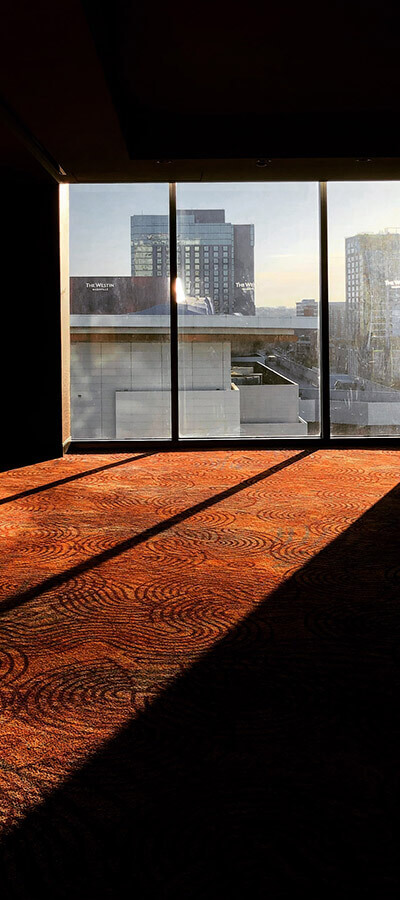

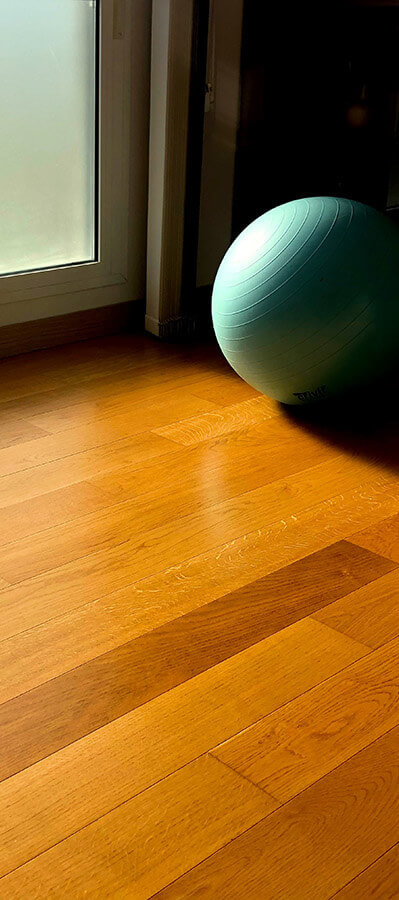
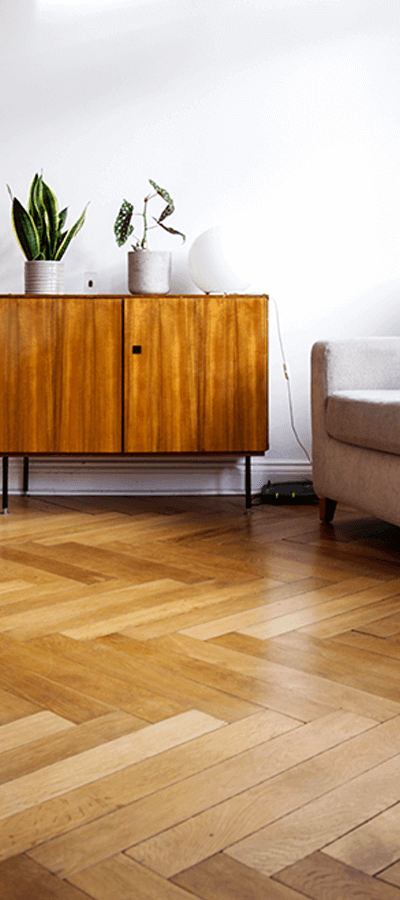
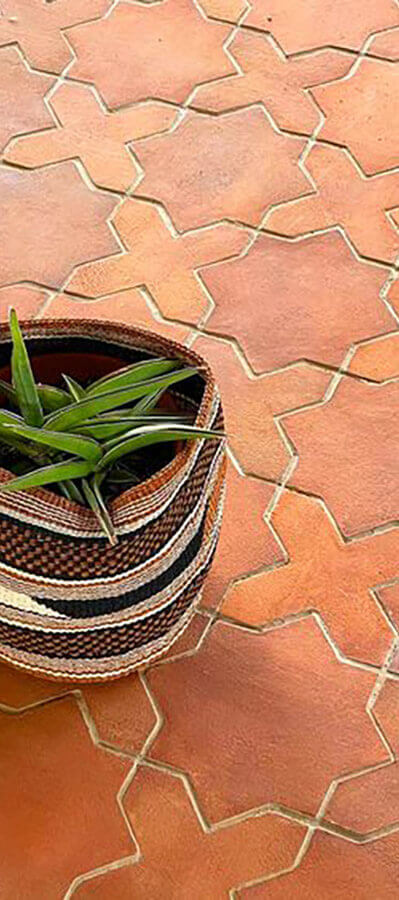

More Than Just Carpet
At The Carpet Center, we prioritize delivering top-tier materials and expert installation for every product we sell. Our unwavering commitment to excellence has earned us a stellar reputation. Yet, we believe in providing exceptional value, which is why we remain fiercely competitive on total pricing compared to other companies.
We understand that choosing new flooring is a significant investment, and we’re dedicated to offering transparent and affordable options without compromising quality. Our team will work closely with you to find the perfect flooring solution that fits your budget and exceeds your expectations.
Experience the The Carpet Center difference – where quality, service, and affordability converge.

Consultation
When you visit Carpet Center’s showroom, our friendly and knowledgeable team will ask about your flooring preferences and budget range. We will then suggest options based on the medium price of your range and ask for your color preference. Our goal is to help you find the perfect flooring solution without pressuring you to overspend.

Select Your Flooring
Once you have narrowed down your flooring options, we will send you home with a sample to see how it looks in your space. We will then schedule a measurement appointment at your home and provide a bid based on the material cost. Our goal is to ensure you are completely satisfied with your flooring selection before we begin installation.

Installation
Once you agree to the price and pay the deposit for materials, we will schedule your installation. Our installers will take photos of your furniture placement to ensure it is returned to its original position. Once the job is complete, our installers will clean and dust the floors and put your furniture back according to the photos they took.
Learn More About Carpet and Flooring
Pet-Friendly Flooring Options That Don’t Sacrifice Style
Looking for pet-friendly flooring that keeps your home stylish and your pets happy? You’re not alone. Today’s pet owners want durable, easy-to-clean...
How Spring Humidity Affects Your Hardwood and Carpet Floors
As temperatures rise and spring showers roll in, many homeowners start to notice subtle changes in their home’s interior environment – especially...
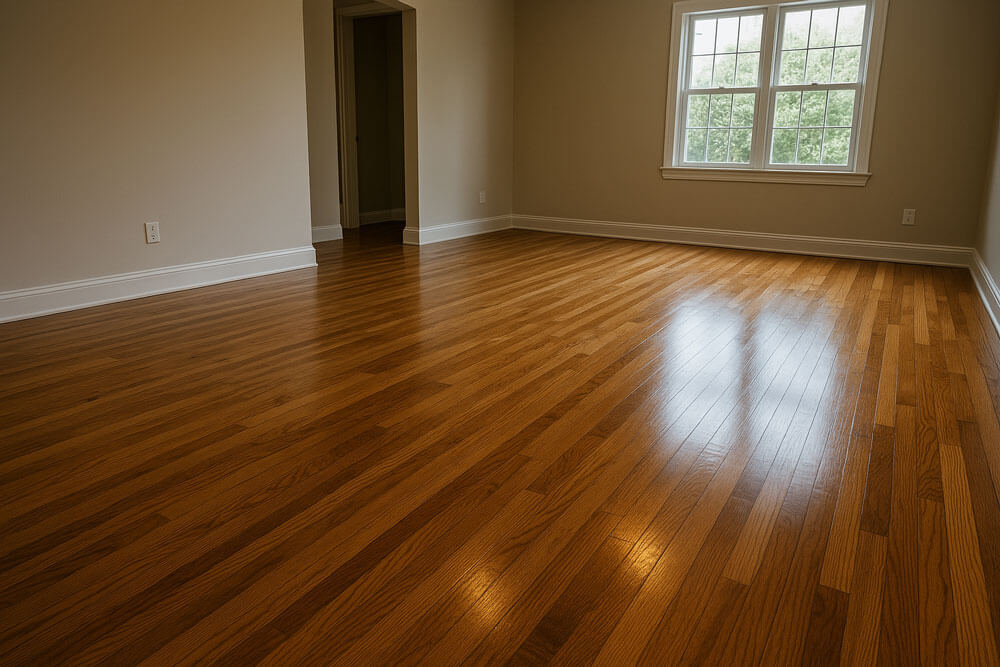
Revive Your Floors: The Benefits of Refinished Hardwood
If your hardwood floors are scratched, dull, or outdated, refinishing them can completely transform your space. Refinished hardwood floors not only...
Still Looking For More Answers?
Submit your questions here!
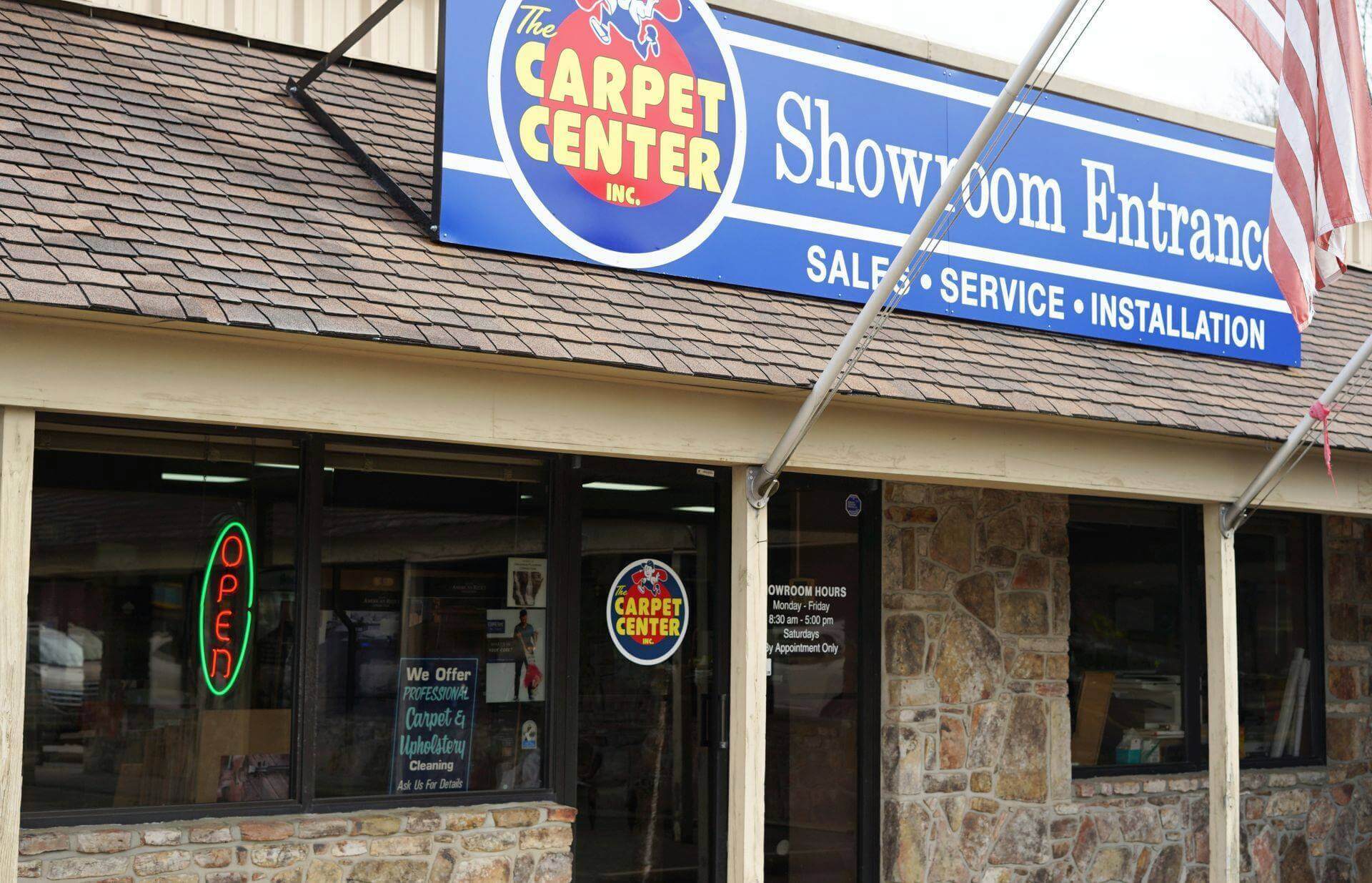
Visit Us In Downtown Conway!
Carpet Center’s showroom selection is sure to impress anyone looking for high-quality flooring options. With a wide range of carpets, hardwoods, vinyl, and tile flooring available, there is something for every taste and budget.
The showroom is designed to showcase the latest styles and trends in flooring, with knowledgeable staff on hand to help customers find the perfect fit for their home or business. Come visit us in Conway to see our impressive selection for yourself and find the perfect flooring solution for your needs. Don’t miss out on the opportunity to transform your space with the help of Carpet Center!
